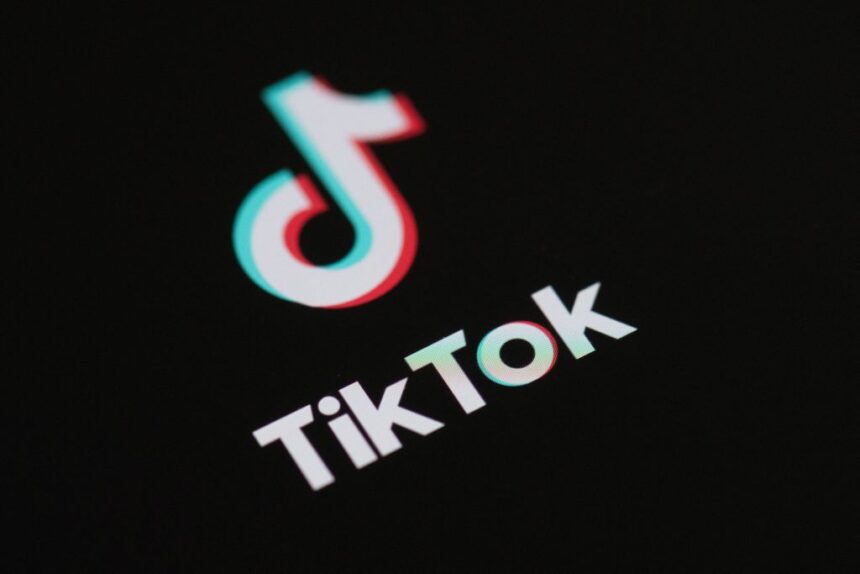Body image struggles can be difficult to discuss openly in most places — especially at the gym.
In a TikTok video, user @tjpilgrimfit posted a cartoon noting, “only the gym boys will understand.”
The photo shows a bulky, muscular man standing in front of a mirror, but he sees a thin, small version of himself in the reflection.
“Wishing my brain would support my gains,” the TikToker wrote in the caption.
The video is one of several that have popped up on TikTok in recent years and opened the conversation about a disorder dubbed “bigorexia” — or body dysmorphia about not being big or muscular enough.
The term is a play on anorexia, which is an eating disorder and mental health condition in which people view themselves as heavier than they are and restrict their calories to an unhealthy level to avoid gaining weight.
While anorexia has been more widely covered in the media, ‘bigorexia’ has not been as readily discussed.
“Less people know about [anorexia’s] distant cousin, bigorexia,” TikToker @patrickisrandom noted in a 2021 video. “To simplify it, where people with anorexia see themselves as too big, people with bigorexia see themselves as too small. To no surprise, the majority of people who suffer from bigorexia are men, because of the way fitness is marketed to us.”
Patrick goes on to note that bigorexia can trigger depression, anxiety and unhealthy eating habits in the bodybuilding community, such as restricting calories to an extreme level to stay lean.
Bigorexia prompts frank convo
TikTok is no stranger to eating disorder content. In fact, the platform has often been accused of proliferating it and exposing young, vulnerable people to unhealthy weight-related ideas.
In 2022, the Center for Countering Digital Hate released a study showing that TikTok had pushed videos about self-harm and disordered eating to kids as young as 13-years-old within an hour of them arriving on the app.
While much of the conversation on TikTok has centered on eating disorders among women — with some common ones being anorexia and bulimia — men are often left out of the conversation.
The #bigorexia hashtag, however, has begun surfacing those concerns. In particular, it raises awareness about muscle dysmorphia, which is used interchangeably with bigorexia.
“A lot of gym bros have eating disorders and don’t know it because they have a fundamental misunderstanding of what an eating disorder is,” TikToker William Hornby noted in one video. “Eating disorders are more than anorexia nervosa, and men can have them too. You’re not alone.”
TikToker @jeremythehulk, whose page is called “Fitness with Jeremy,” is a bodybuilder who posts about his process on the app. In one video, he responds to a question from a commenter: “Do you ever look in the mirror and seem small but other people think you’re huge?… That’s me.”
“This typically happens because lifters and bodybuilders have really big goals they want to accomplish,” Jeremy said in the video. “And sometimes they compare themselves to other people and other physiques. It’s probably more prevalent now with social media and phones, because you can see people all the time and compare yourself to that.”
Jeremy encouraged his audience to reject that type of thinking, and instead focus on the accomplishments they’ve already made.
“Celebrate your goals that you accomplish, feel good about yourself, try not to compare yourself to other people, try not to look at all those images on social media so much,” he said. “Just know that you’re going to achieve your goals if you stay true to the process.”
Building a community
Other bodybuilders and former bodybuilders have joined the conversation on TikTok, sharing stories about themselves or people they know who have suffered from bigorexia.
In some cases, people with bigorexia end up abusing steroids in their attempts to bulk as much as they can.
Currently, the main modes of treatment for bigorexia or muscle dysmorphia are similar to those for other body dysmorphia issues — cognitive behavioral therapy and selective serotonin reuptake inhibitors.
Fortunately, bodybuilder influencers on TikTok and even celebrities like Channing Tatum have begun reframing the conversation about bulking.
In 2022, Tatum spoke about his extreme workout regimen that supported his “Magic Mike XXL” physique on Kelly Clarkson’s daytime talk show.
The video went viral on TikTok.
“Even if you do work out, to be that in shape, it’s not natural,” Tatum said. “It’s not even healthy. You have to starve yourself. I don’t think when you’re that lean, it’s actually healthy.”
“Yes! We men are finally talking about this more,” TikToker @just.us.king wrote in the caption of the video. “Bigorexia is a big thing that we need to talk about.”








